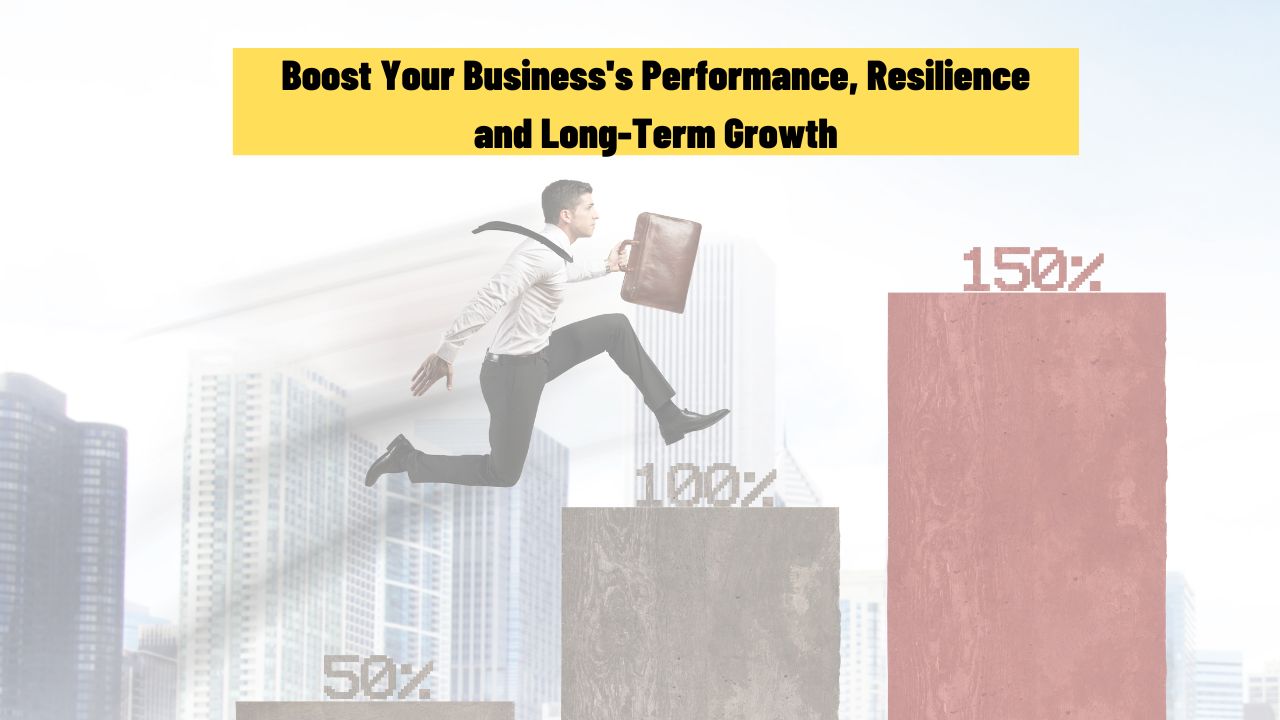How to Lead a Fast Growing Business

Leading a fast growth organisation can be hard. There’s so much to juggle and it’s easy to feel like it’s getting out of control. Decisions are made at pace, there may be mistakes and the team may start to feel the pressure. The business may go into ‘survival’ mode.
As growth is not easy to forecast, leaders are rarely ready for when it happens. In fact, leading an organisation in high growth is a rare skillset. In order sustain a healthy organisation through this challenging period, and set the business for long term success, there are some steps that leaders should consider:
1) Well-Articulated Vision
Decision making in growing organisations can be a challenge. Often department or functional leaders can butt heads on the right way to go.
When there’s a clear vision, it gives leaders more context and some principles on which to base their choice. It serves as a rationale for explaining, and sometimes debating, their chosen path.
For long term success and efficiency, leaders need to be making decisions with the future in mind, as well as serving the immediate need.
2) Constructive Culture
Leaders need to create a culture where people perform at their very best. Good people will stay in organisations, even during turbulent times, where they feel supported, valued, and empowered to make decisions. Culture is a broad topic but for a growing organisation there are two important aspects.
Firstly, people need to understand how to work together effectively and in essence, “how things are done around here”. Conflict between people and teams can be higher during rapid growth. It’s therefore important to have clear, shared values so that there are guiding principles for how the team work together.
Defined values will also enable leaders to hire for cultural fit avoiding unnecessary turnover of new employees.
Secondly, whilst everyone hates meetings, holding regular meetings to update and discuss progress are essential. With the right people, agenda and facilitation, they’ll be productive and bind the team together.
3) Plan Resources Realistically
It’s important to set out the people and roles you’ll need as your organisation grows, and anticipate when they’ll be needed.
Consider the time it’ll take for the recruitment process, their likely notice period and training, so that you start hiring in plenty of time. You can always slow your recruitment process down or arrange a later start date, if the demand changes in the meantime.
4) Strategy for Attracting Good People
Good people will need to be “attracted” to your organisation. From the outside your business may not appear to be a great place for talented people to work. It may appear a small organisation or one that’s previously been in decline or had little growth. But good people are attracted to a story and great opportunity. Some high performers love the concept of being an instrumental part of growth, along with the opportunity to make decisions and have a real impact. Tell your organisation’s compelling story during the entire hiring process.
5) Some High Impact KPI’s
You can easily get lost in metrics or not have any at all. It’s important to have a few key and crucial KPI’s to accurately know the status of the core areas of your business.
For instance, it’s common to hear functional leaders asking for more people to cope with demand. With a few metrics around output or incoming orders, you’ll quickly be able to identify if this is a real need or whether it’s disguising a productivity, systems or other issue.
To Wrap Up
Writing this is far easier than making it happen. Organisation’s can go from one extreme of doing none of this to the other which is overcomplicating it. The key to succeeding is to keep it relatively simple and consistently implement, embed and monitor progress across each of these.
If you’d like some more support then book a complementary call and let’s chat about where you are now and what you want to achieve in your business.
